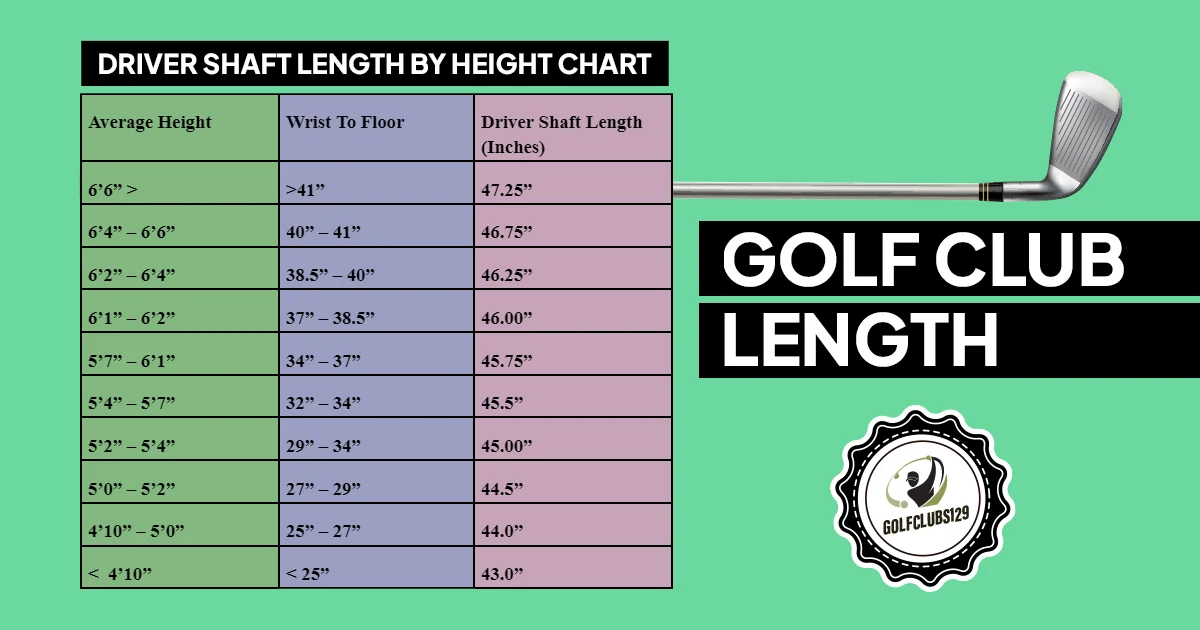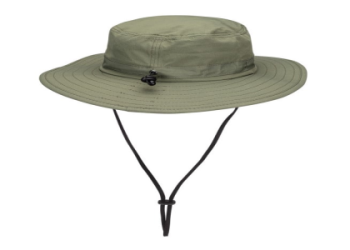Understanding 1 Inch Shorter Golf Clubs
Golf clubs shortened by one inch offer significant advantages for players seeking improved control and consistency. This modification alters swing dynamics, primarily benefiting swing path and lie angle, which can enhance overall shot accuracy.
Key Benefits of Shorter Clubs
- Improved Swing Stability: A shorter club reduces shaft flex, minimizing excessive bending during the swing. This leads to more predictable ball flight and better directional control.
- Enhanced Comfort and Posture: Players can maintain a more natural setup, reducing strain on the back and shoulders. This promotes consistent impact positions, critical for accuracy in short irons and wedges.
- Reduced Risk of Topping or Fat Shots: The lower length decreases the likelihood of mishits, particularly for golfers with slower tempos or those struggling with club face control.
Ideal Candidates for Shorter Clubs
This adjustment suits specific player profiles:
- Shorter-Statured Golfers: Individuals under 5’7″ tall often find standard clubs too long, leading to compensations that disrupt swing mechanics.
- Swing-Challenged Players: Those with a history of slices, hooks, or inconsistent contact benefit from the increased control. This includes seniors or beginners focusing on form over distance.
- Custom Fitting Needs: Players experiencing frequent miss-hits should undergo professional fitting to ensure the 1-inch reduction aligns with their stance and grip style.
Potential Drawbacks
While beneficial, shortening clubs may reduce potential distance by 5-10 yards due to shorter swing arcs. It is crucial to balance this with lie angle adjustments—typically flattening the lie by 1-2 degrees—to prevent push or pull tendencies.

Implementation Recommendations
Always consult a certified club fitter before modifications. The process involves cutting the shaft and potentially reshafting for balance. Regular testing ensures performance gains without compromising feel.




















